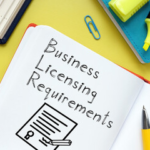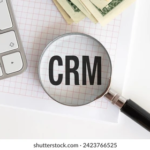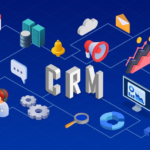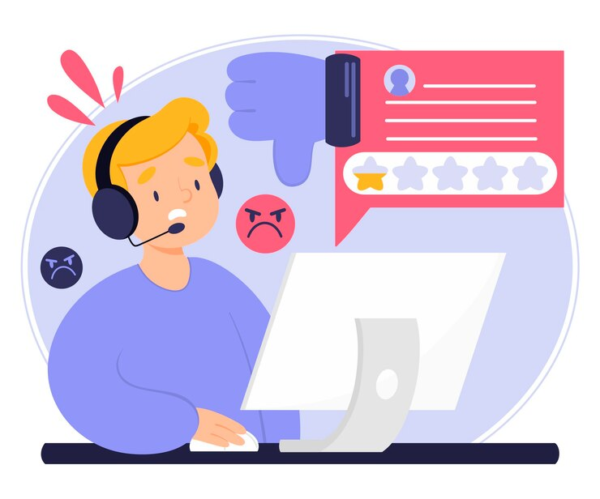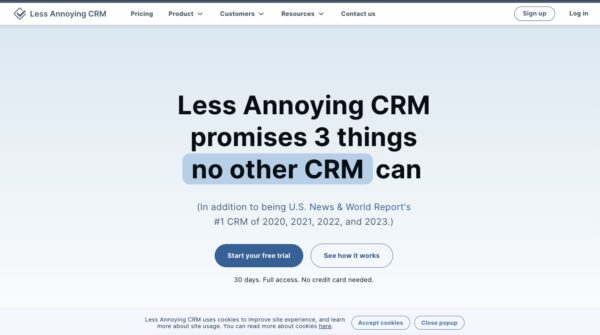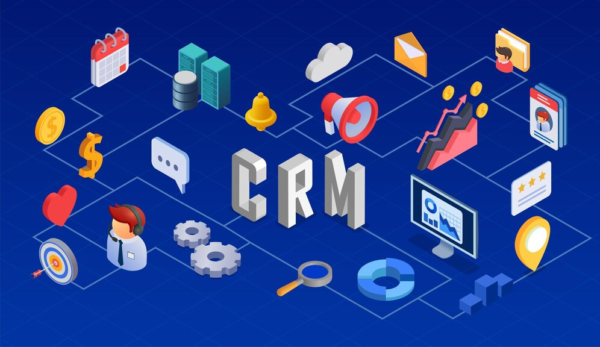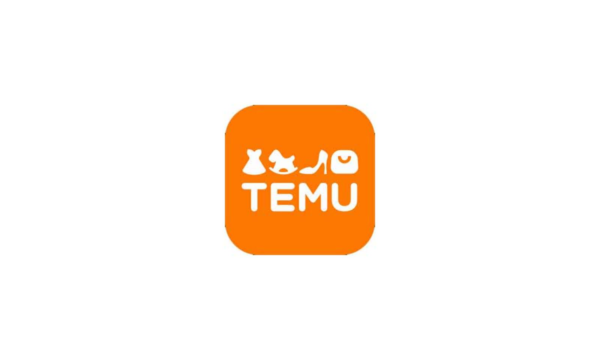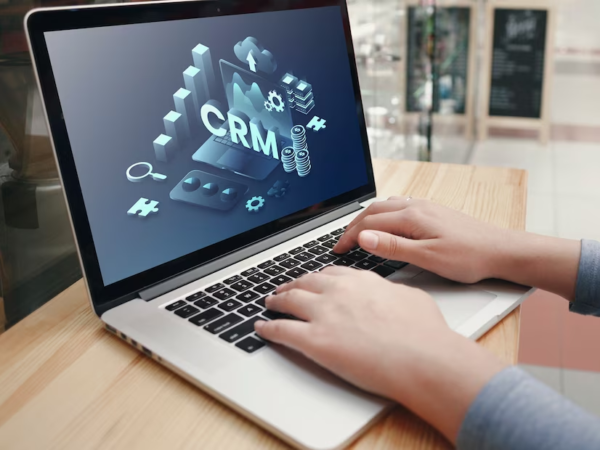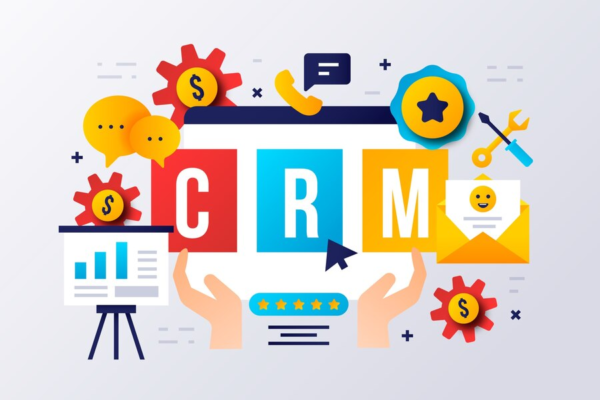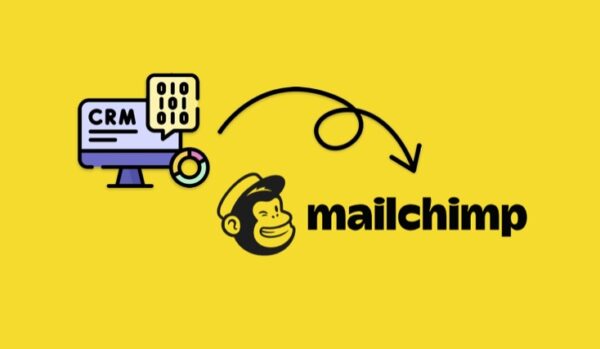A Deep Dive into Analytical CRM’s Applications and Examples
In the realm of customer relationship management (CRM), operational CRM has been a game-changer for businesses seeking to enhance customer experiences and drive growth. However, an often overshadowed yet equally vital component is analytical CRM. This article delves into the multifaceted world of analytical CRM, highlighting its applications and providing real-world examples. Understanding Analytical CRM […]
Do Shopify Dropshippers Need a Business License?
Dropshipping on Shopify has become a buzzword in the e-commerce realm. It’s a model where stores sell products without holding inventory. As a seller, you purchase items from a third party and have them shipped directly to customers. This model has prompted an essential question: do you need a business license to dropship on Shopify? […]
Dive into Enhanced Business Connectivity with Collaborative CRM
In the modern digital age of today, where customer relationships are king, businesses continue to look for a ways to strengthen those very important ties. Out of the many strategies available, Collaborative CRM truly stands out as a beacon of innovation and efficiency. The article explores some characteristics and benefits, works, and the great influence […]
Harnessing Asana CRM Magic: A Journey Through its CRM-Like Powers
CRM, or Customer Relationship Management, is pivotal in the world of business, and “Asana CRM” capabilities are increasingly a topic of discussion. Asana, primarily known as a project management tool, isn’t a CRM in the traditional sense. However, its features allow for CRM-like functionalities. This section explores how Asana can be creatively used as a […]
Tackling the Mystery: Why Is Lowe’s Customer Service So Bad?
In the world of retail, customer service is often the cornerstone of success. However, for Lowe’s, a giant in the home improvement sector, customer service has been a point of contention. Many customers are left asking: why is Lowe’s customer service so bad? This article delves deep into this issue, examining various aspects to understand […]
A Deep Dive into Less Annoying CRM: A Thorough Appraisal
Catering to the needs of small business owners in the domain of customer relationship management, “Less Annoying CRM” provides a user-friendly and efficient solution that is tailored to their business size. This brief covers the simplicity and efficiency of this software, with emphasis on special features including beautiful interface, straightforward contact management, and total task […]
The Secret Sauce in Your Martech Recipe: How a CRM Elevates the Game
Marketing technology (martech) evolution enables an understanding and appropriate application of the proper tools that will aid in better marketing decisions. Firstly and foremostly all CRM systems (Customer Relationship Management) play a major role in this area. The article is focused on the expressive role of a CRM within a productive martech stack and is […]
Selling on Temu: A Detailed Guide for Entrepreneurs and Businesses
Have you ever wondered, “Can you sell on Temu?” or “How to sell on Temu?” If you’re an entrepreneur or a business owner looking to expand your online presence, Temu presents an exciting opportunity. This article delves into the intricacies of how to sell on Temu, offering valuable insights and practical tips on making the […]
CRM Review: Exploring the WebCodeStack Experience
Customer Relationship Management (CRM) systems are indispensable for business entities that would like to enhance their customer relationship handling and boost their customer service experience. Nowadays in digital times choosing a CRM platform is quite important. This article delves into a detailed review of a CRM system, which will entail the WebCodeStack options only. Understanding […]
Is ServiceNow a CRM? Unveiling the Truth About Its Capabilities
When it comes to the realms of customer relationship management (CRM), one question often surfaces: “Is ServiceNow a CRM?” This inquiry leads us to examine the functionality and scope of ServiceNow. Traditionally, ServiceNow has been recognized for its excellence in IT service management (ITSM). However, its evolving capabilities have expanded its horizons into the CRM […]
TurboTax vs FreeTaxUSA: A Fun, Straightforward Guide for Tax Filers
Taxes can be daunting, but choosing the right software doesn’t have to be. This guide breaks down the features, benefits, and drawbacks of TurboTax and FreeTaxUSA, helping you decide which is better for your tax needs. User-Friendly Interfaces: TurboTax vs FreeTaxUSA Both TurboTax and FreeTaxUSA offer user-friendly interfaces, but with distinct approaches. TurboTax boasts a […]
Real Estate Agent Interview Questions: Your Guide to Acing the Interview!
The world of real estate is vibrant and competitive. As a budding real estate agent, you’re probably excited and a bit nervous about your upcoming interview. Fear not! This article is here to prepare you with a myriad of real estate agent interview questions. Whether you’re a fresh face in the industry or a seasoned […]
A Simple Guide to Retroactive Pay Calculation
In the realm of compensation and finance, the concept of retroactive pay often surfaces, leaving many scratching their heads. But fear not! This article is here to demystify “what is retroactive pay” and guide you through “how to calculate retroactive pay”, all while keeping you updated about the “retroactive pay law” and intricacies surrounding a […]
Where to Buy Digital Products to Resell: Unveiling the Best Platforms and Strategies
In the digital commerce sphere, the act of reselling digital commodities has soared to a prominent stature, magnetizing an enlarging aggregation of entrepreneurs towards this fertile domain. This modern-day business model, separating itself from traditional reselling frameworks, necessitates procuring digital wares from originators or accredited distributors for resale at profitable rates to ultimate consumers. The […]
The Crucial Role of Composite Risk Management (CRM) in Modern Organizations
At the heart of Composite Risk Management (CRM) lies a decision-making mechanism primarily utilized for the identification and regulation of risks. This approach outlines protocols to comprehend, assess, and act appropriately against possible detrimental outcomes. The judicious decisions derived from implementing the CRM process strike an apt equilibrium between risk and cost while enabling successful […]
Unlock the Power of Automated Drip Campaigns with the Best CRM Solutions
In the intricate labyrinth of digital marketing, we find ourselves encountering the notion of drip campaigns – a formidable tactic that is often wielded in the dominion of email marketing. This strategy can also be recognized under other guises such as automated email campaigns, lifecycle emails or autoresponders, but regardless of its nomenclature, it operates […]
Puffing Up the Profits: The Monthly Earnings of a Smoke Shop
The question, “how much do smoke shops make a month?” is a puff of curiosity for many aspiring entrepreneurs and those fascinated by the retail industry. This article delves into the financial fog surrounding smoke shops, illuminating their monthly earnings, factors affecting their profitability, and the challenges they face. Understanding the Smoke Shop Industry Before […]
Elevate Your Family Law Practice with Cutting-Edge CRM Software
In the labyrinth of family law practice, the enhancement and fortification of client relationships emerges as a pivotal element. This intricate dynamic often necessitates an unwavering system to oversee such connections efficiently. CRM software tailored for family law presents itself as an ally in this quest, designed meticulously to cultivate trust, foster cooperation and stimulate […]
6 Top Businesses for Smart Tax Write-Offs
In the current economic state that is driven by high competition, entrepreneurs are always seeking opportunities that are not only profitable but also offer considerable tax benefits. Setting up a business with the end goal in mind of tax write-offs isn’t only about saving money; it’s about financially planning ahead. In this article we do […]
The Art and Science of CRM Experience: A Deep Dive
In today’s world, knowing what is CRM experience comes ahead of everything else. CRM stands for Customer Relationship Management, and, more than software, it is a worldly experience that will literally redefine how companies are doing business with customers today. In this article, we will cover every aspect of what CRM experience actually means today. […]
How to Integrate CRM and Mailchimp for Better Customer Engagement
In this era of swift digital environment, organizations are looking for tools to simplify their procedures and increase their customer engagement. So, an instance of such a dynamic pair is the coupling of CRM (Customer Relationship Management) systems with Mailchimp. Here, we will dig into the essence of a CRM that can be connected with […]

